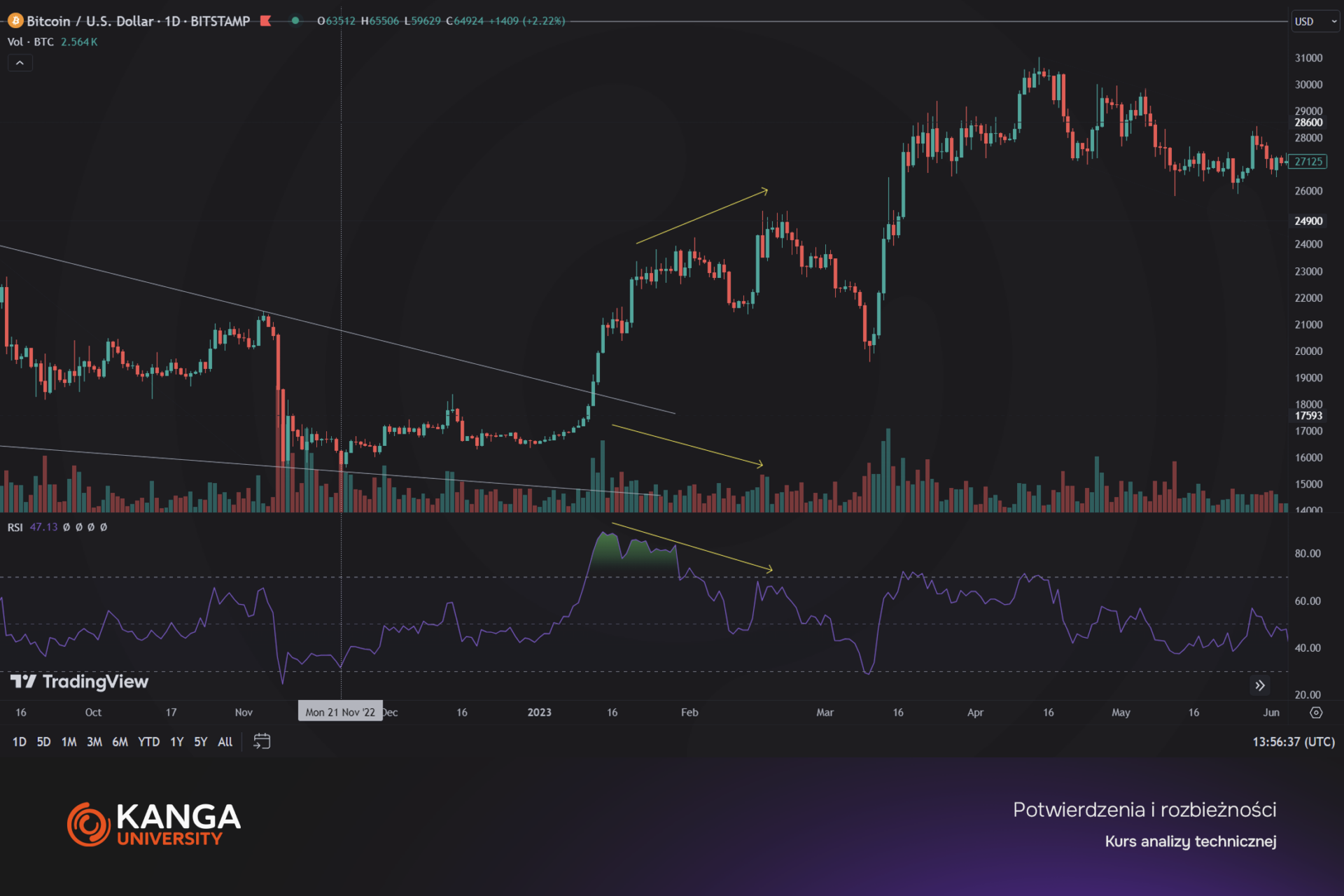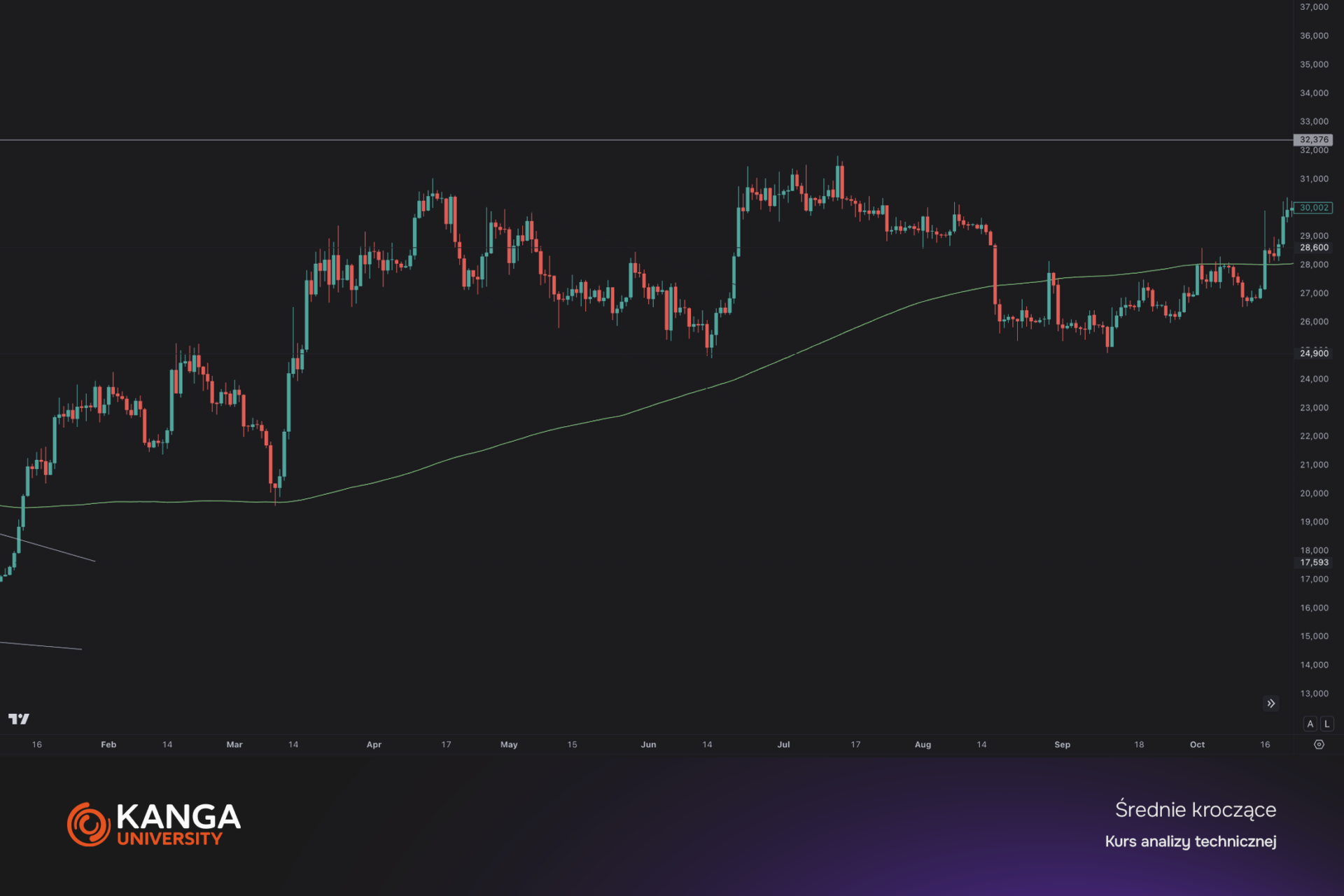
In technical analysis, confirmations and discrepancies are key concepts that help traders interpret market signals and make informed decisions. They’re used to assess trend strength and identify potential turning points.
Moving-Average Convergence and Discrepancies
-
Convergence:
When two moving averages draw closer together, potentially signaling that the current trend is losing momentum and may be preparing to reverse. -
Discrepancies:
When moving averages diverge—i.e., move farther apart—suggesting that the trend is persisting or even strengthening.
Calculating Convergence/Discrepancies
-
Choose Your Moving Averages
-
For example, MACD uses a “fast” EMA (12-period) and a “slow” EMA (26-period).
-
-
Compute Each EMA
-
Apply the exponential-weight formula to your series of closing prices.
-
-
Take the Difference
Difference = EMA_fast – EMA_slow
-
A shrinking difference indicates convergence (trend weakening).
-
A widening difference indicates discrepancies (trend strengthening).
-
-
Visualize
-
Plot this difference (the MACD line) beneath your price chart to spot moments of convergence and discrepancies that can generate buy or sell signals.
-
Note: Never rely solely on moving-average signals. Always combine them with other technical tools.
The MACD Indicator
The MACD (Moving Average Convergence Divergence) is the classic tool for visualizing convergence and discrepancies. Crossovers between the MACD line and its signal line provide potential entry and exit signals.
Momentum Discrepancies
-
Definition:
Occur when a momentum indicator (e.g. RSI or a rate-of-change) moves against the direction of price. -
Implication:
Suggest that the current trend is losing steam and may be ripe for reversal.
Trend-Indicator Confirmations
-
Rising momentum often precedes the start of a new uptrend.
-
Falling momentum can foreshadow the onset of a downtrend.
When price action and momentum converge, it confirms trend strength; when they exhibit discrepancies, it warns of potential reversals.
Why Traders Use Them
-
Discrepancies:
Highlight potential trend weaknesses and possible turning points—time to tighten stops or trim positions. -
Convergences:
Reinforce confidence in the ongoing trend, encouraging traders to hold or add to positions.
Practical Application
-
Combine with volume analysis, support/resistance, and chart patterns.
-
Manage risk through disciplined stop-loss placement and portfolio diversification.
-
Confirm signals with multiple indicators before acting.

Summary
Confirmations (convergences) and discrepancies are foundational elements of technical analysis. They reveal shifts in market momentum, helping you anticipate trend continuations or reversals. By integrating them into a broader strategy—and always applying sound risk management—you can sharpen your trading decisions and improve your overall performance.
